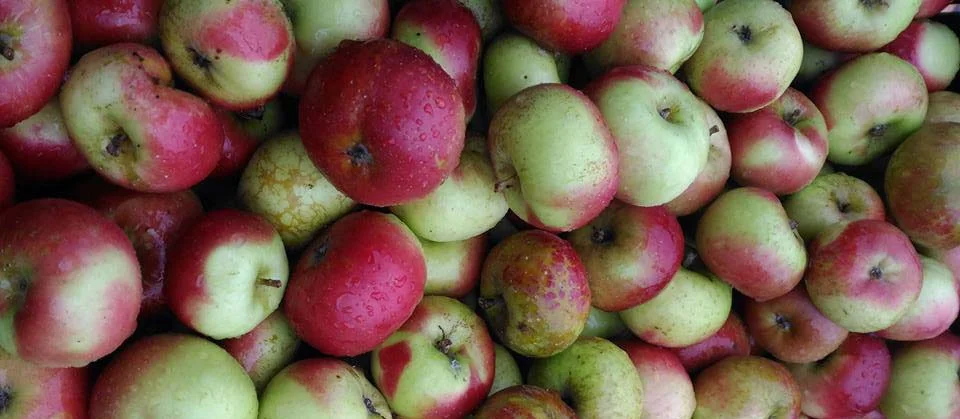Thinning Time
/As always, the season is unfolding quickly. In the winter, when we think of the growing season, it seems as it is: a six month progression of stages that proceed in a mostly predictable - if weather dependent - way. But when you're in the middle of it, it feels different from that. It feels like it's all happening at hyper-speed. A little tree that was a barren stick seemingly yesterday is now a tree covered with foliage, often with new branches sprouting here and there, crying out for our attention.
And then there's thinning. Here's where an organic orchard may be dramatically different from a conventional one. For many conventional orchardists, this is simply a time to add a new chemical to the regular weekly spray routine. It's a chemical that causes the trees to drop much - but not all - of their fruit. Voila! You have thinned. For us, thinning is very different. It's a time-consuming job that we do by hand, snipping off much of the fruit in order to get better quality apples and an amount that will lead the tree to produce well next year too, rather than slipping into biennialism, where the tree produces a huge crop one year and virtually none the next, alternating.
Here's a small-scale version of what we do. The top picture shows a very small tree set to produce a few apples. Look closely and you'll see three clusters of them. Apple blossoms generally come in clusters of five and when there are pollinators around doing their job (which thankfully has been the case this year), as many as all five will become apples. Some varieties will naturally drop most of these little apples; others try to make five apples from each cluster. Which will result in awfully small apples (and a high risk of biennialism) if we don't intervene.
So intervene we do. The second photo shows the same little tree moments later, after I've gone at it with my shears, removing all but one apple from each cluster and then taking even that one in the case of the middle cluster, as this small tree needs to produce minimal fruit until it reaches full size. We've gone from about ten apples to two.
Multiply this task by 3,389 trees - a few with this much or even less fruit to thin and many with dozens of times as much - and you've got an idea of what thinning is all about.
To have maximum positive benefits, thinning needs to happen within a few weeks of the little apples forming. So it's a big job that needs to happen in a rush. Part of what makes the growing season feel like it's passing at breakneck speed!




